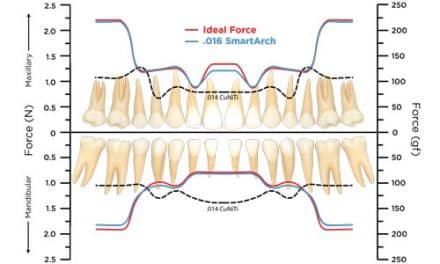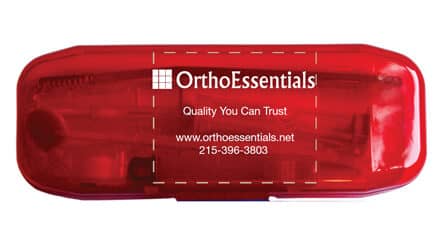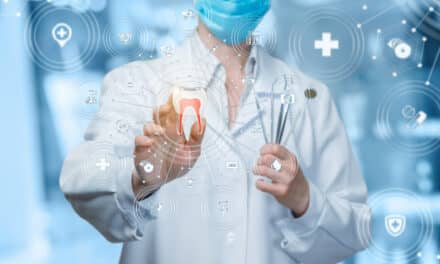Delivery Systems
From the Editor: Hello and welcome to our new section, Clinical Pearls. Every month, Clinical Pearls will showcase tips from orthodontists on a specific subject—this month, we are looking at delivery systems. If you have a pearl that you’d like to submit, please send it, along with a color head shot, to [email protected]. NEXT MONTH’S TOPIC: RETAINERS
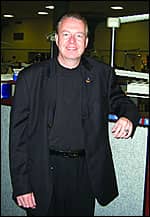
S. Jay Bowman, DMD, MSD, Portage, Mich The side delivery units are filled with staff-protective equipment, disposables such as ligature ties, cotton rolls and 2 x 2s, a hand mirror, petroleum jelly and lip balm, band cement, suction tips, and sterile covers. A concentric inner counter and cabinets are centralized within the islands with adequate flow-through walking space for assistants and patients. This centralized unit is the dispenser for all other materials and contains all of our sterilized instruments, archwires, bands, prepasted (orange light-safe box) materials, and auxiliary appliances. Upon the side units sit our LED light cure units and electronic high-speed handpiece-control unit. Over-the-patient trays are on articulating arms for our patient setup trays and plier racks. Patient operatory lighting extends from the same poles. We designed orange light filters that can be rotated over the light source to prevent light-cured adhesive from setting during bracket positioning. |
 Howard A. Fine, DMD, MMSc, New York City Howard A. Fine, DMD, MMSc, New York City I use a touch-screen monitor chairside that uses a digital pen that we cover with a regular plastic cover. This way, we don’t have to deglove and reglove every time we use the computer, and we don’t contaminate a keyboard with gloved hands. The plastic cover is disposed of as you would any other plastic cover. |
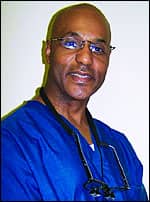 Clarence E. Shelton, DDS, New York City Clarence E. Shelton, DDS, New York CityFew endeavors have enhanced my clinical savvy more than teaching orthodontics part-time in an accredited program, for the last 20 years. I am consistently exposed to the newest techniques and products, far beyond the exposure my personal interests alone would generate. Additionally, teaching has inspired me to complete Board Certification, publish in the AJO, go digital with my radiographs, improve my communication skills, and much more. |

Susan Zand, DDS, MS, Laguna Niguel, Calif In my recent experience in establishing such an office, I learned that the old adage, “less is more,” is quite appropriate when it comes to meeting the goals of design efficiency, OSHA compliance, and a patient-friendly environment. After extensive research of available integrated systems, I reached the conclusion that my needs would best be met by having dedicated computer workstations at each chairside with complete access to my patients’ digital records and treatment notes. Further efficiencies are achieved at each chairside by the ability to schedule the patient’s future appointment and view their progress along their treatment plan. Such a chairside approach has enabled my staff to focus on the needs of each patient without the interruption of running back and forth to the front office. |


